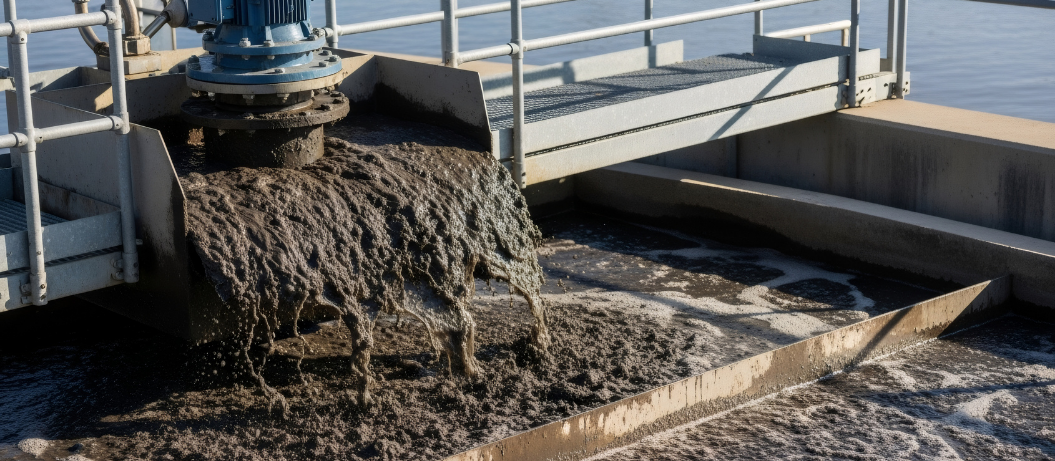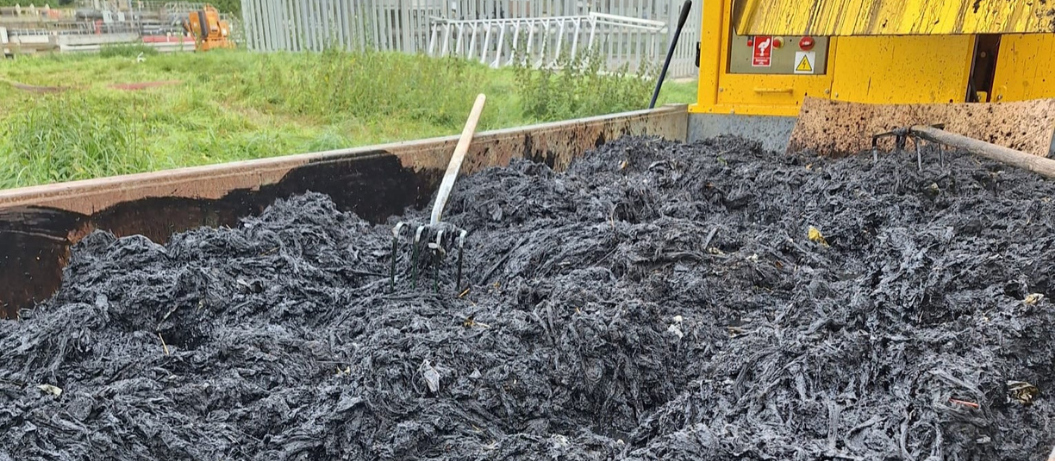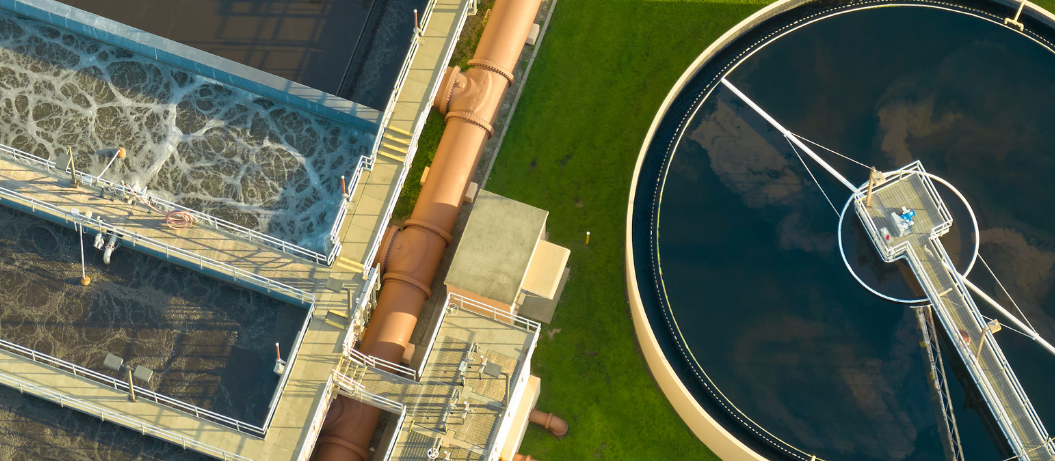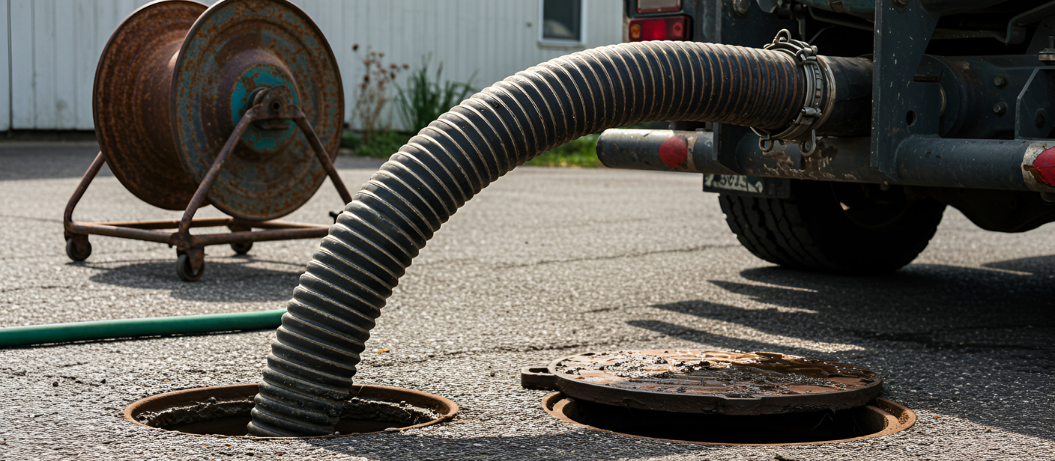Best practices in sludge treatment aim to prevent environmental harm and minimise waste. It means separating out potential pollutants while recovering value from any mineral and bio-resource present.
Forward-thinking companies and organisations are continually refining treatment methods to enable more sustainable, lower-carbon, and economically viable processes.
Beneath every successful sludge wastewater treatment plant operation is a sophisticated process dedicated to handling one of its most challenging by-products: sludge. Traditionally dismissed as a generic ‘waste product’, sludge is actually a concentrated mix of organic and inorganic materials that demands careful management at every stage.
Getting sludge treatment right is essential—not only does it protect public waterways and the environment, but it also unlocks opportunities for resource recovery and sustainable reuse. In this article, we’ll uncover how modern wastewater plants transform raw sludge from a complex liability into a valuable asset, highlighting the steps, technologies, and innovations driving progress in this vital field.
The importance of sludge treatment
‘Sludge’ is the by-product of wastewater treatment and contains substances that, if left untreated, could harm water sources, soil, and air quality. Untreated sludge is rife with bacteria, viruses, and other pathogens, as well as heavy metals and organic pollutants. Careful treatment mitigates these risks, preserving ecosystems and supporting regulatory compliance for wastewater management.
How does the sludge treatment process work? An overview
During wastewater treatment, suspended solids are separated from liquids in the primary and secondary treatment stages of the plant. These solids, or sludge, are collected for further processing. The process typically includes:
Collection and transport
Raw primary sludge from sedimentation tanks is combined with secondary sludge, also known as Return Activated Sludge (RAS). A portion of RAS is returned to aeration tanks to stabilise the microbial population and maintain the biological balance in the wastewater treatment system.
Pre-treatment
Before undergoing further processing, sludge is thickened using gravity thickeners or similar methods. This pre-treatment step reduces the overall volume, cutting down on energy and resources required for subsequent stages. Flocculants—specialised chemicals—may be added to accelerate the settling of solids.
Sludge treatment/processing
By reducing both volume and moisture content at an early stage, the efficiency of downstream processes improves significantly. Further stages of sludge treatment then use several methods, each addressing specific needs. The main ones are:
- Anaerobic digestion: Anaerobic digestion involves breaking down organic matter in the absence of oxygen. Microorganisms feed on the sludge, converting it into methane-rich biogas, which can be captured and used as an energy source. This method stabilises organic material while reducing waste volume.
- Aerobic digestion: Unlike anaerobic digestion, aerobic processes use oxygen to break down organic solids into a more inert material. While energy-intensive, this method produces treated sludge with reduced odour and contaminants, making it suitable for further treatment or land application.
- Dewatering: Sludge’s high water content makes dewatering essential. Centrifuges, filter presses, and other equipment are used to remove excess moisture, turning wet sludge into semi-solid cake-like material. Dewatered sludge is easier to transport and handle, helping to minimise the associated financial and carbon costs of transportation and storage.
Post-treatment options for treated sludge
Once sludge has been treated and dehydrated, several post-treatment routes are available:
- Agricultural application: Treated biosolids serve as a valuable soil conditioner or fertiliser, providing nutrients and organic matter for agricultural lands. This environmentally friendly use optimises the reuse of resources but requires compliance with strict quality standards, such as BSI PAS110. New dewatering technologies achieve greater moisture reduction, improving logistics and disposal efficiency.
- Incineration: Sludge can be incinerated, with the resulting ash often used in cement manufacturing or disposed of in landfills. This process can include energy recovery, converting the heat generated during incineration into electricity or steam.
- Other applications: Sewage sludge ash, which contains non-combustible mineral content, can sometimes be reused in specialised construction materials like cement additives. Emerging solutions extract valuable materials, such as phosphates, from sludge, reducing waste and creating additional revenue streams.
Find out more
Want to learn more about pumping sludge and grit?
Download our free guide now to gain insight on contaminant management and pump solutions tailored to sludge treatment
Atlantic Pumps supplies and services sludge-forwarding pumps, including the LSM positive displacement sludge pumps and Toro-Kronoa progressive cavity pumps. Get in contact today for more information.
We also take a sustainable approach to our work and are committed to reducing energy waste from pumps. Our expert knowledge allows us to reduce energy usage by 20% on the average site!
Call us today on 0808 196 5108 for more information.
 September 10 2025
September 10 2025 6 min read
6 min read


